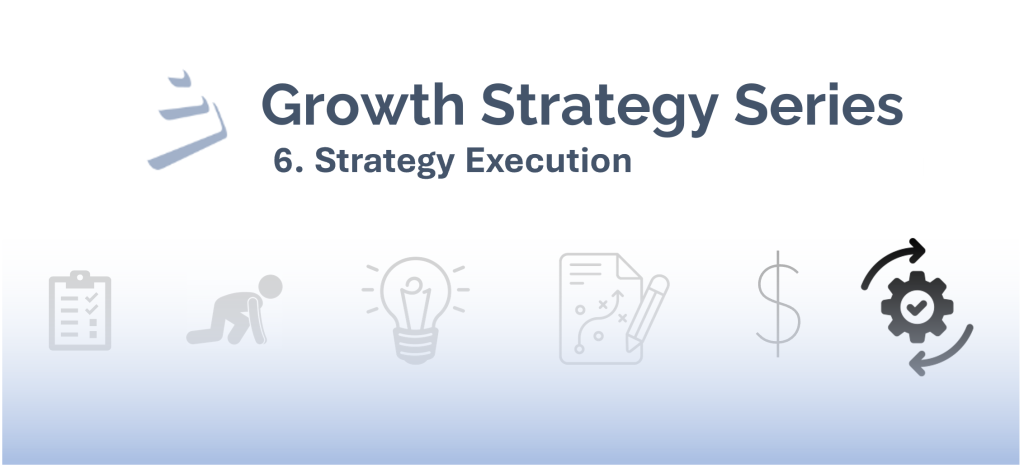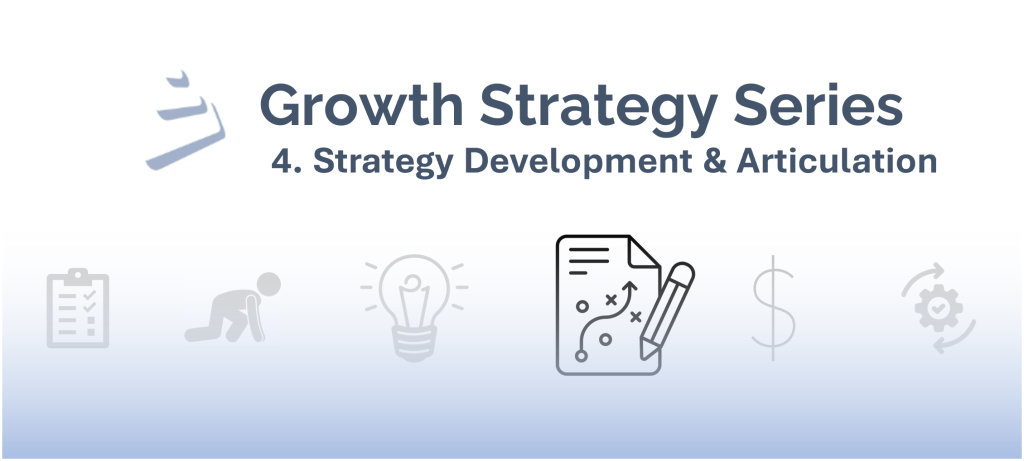Does qualitative market research need to be done in-person or can virtual research be the new norm? With advances in technology, traditional face-to-face research may become a thing of the past.
Ten years ago, traveling to focus groups and conducting one-on-one interviews were standard in market research. Today, virtual research is being conducted via online focus groups, online web interviews, and virtual shopping. There are a variety of vendors catering to virtual research, ranging from online focus groups to “virtual intercepts,” where you can intercept respondents online from social media and route them into one-on-one online interviews. This trend will only continue as technology continues to advance and research budgets continue to shrink.
Just like in-person research, there are pros and cons to virtual research.
Pros:
- Less expensive
- More convenient
- More innovative
Cons:
- Less personalized
- Potential for technical difficulties
- Limitations in recreating virtual worlds to be exactly like the “real world”
Many CPG companies have been experimenting with computer simulation since the 1990s, including industry icons like P&G, Unilever, PepsiCo, Intel and Kraft. These companies believe that 3D computer graphics enable practical test marketing techniques that can change the way innovation and strategy are developed. In more recent history, both manufacturers and retailers have experimented with the development of specialized standalone facilities with fully immersive 3D virtual testing equipment to continually test new retail environments, in-store marketing materials and shelving and merchandising.1
With a variety of virtual reality headsets available for online gaming, VR headsets are now being used for virtual research. Consumers feel as if they are actually in the store, and their shopping behavior and habits can be tracked in real-time. Clear Seas Research offers ways of capturing marketing research data through their virtual reality system, Oculus Rift, which Facebook recently acquired for $2 billion.
As the founder of Oculus VR, Palmer Luckey, said, “Because virtual reality has the ability to put you in places in a much more real way, it has the potential to be a much better canvas.”2
Another area which holds significant promise in virtual testing is integrating Advanced Smart Phone Augmented Reality application with immersive virtual stimuli. Augmented reality is defined as live (direct or indirect) view of a physical, real-world environment, whose elements are augmented by computer-generated sensory inputs such as sound, video, graphics, or GPS data. Using this technique, researchers can expose respondents to “what if” scenarios while they are actually in a shopping situation, effectively merging real-life, augmented, and virtual environments together to achieve specific research objectives. For example, if a company wanted to test out some new packaging, respondents could use their smartphones to scan a specific product in store, which would trigger a short mobile-based survey that tests alternative packaging designs while the shopper is still at the shelf. Researchers are able to expose respondents to situations while they are in full shopper mode, in an actual store and not a virtual one, to see what effects this has on their shopping behavior.
The reality of virtual is that it no longer remains the stuff of science fiction but is a real and present tool for marketers and researchers. As technology advances and comfort with virtual testing expands, the applications will only increase, the only limits being the creativity and ingenuity of marketers and their counterparts in consumer and shopper insights.
Sources:


